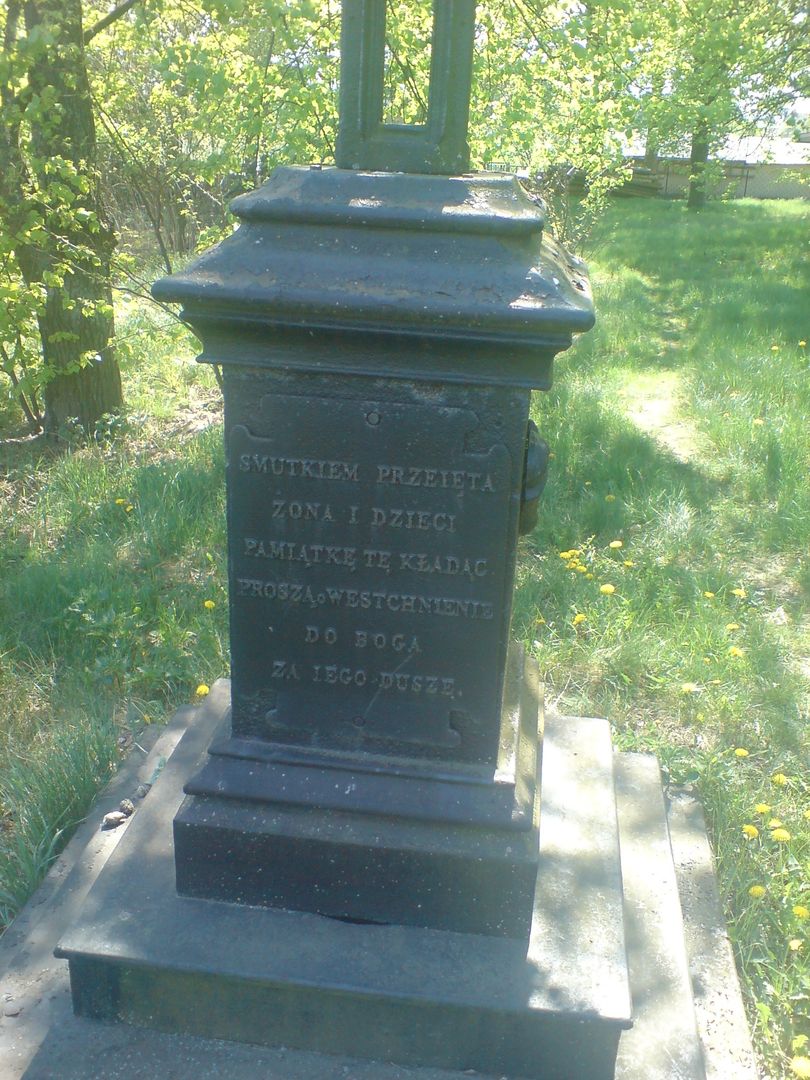Koroszczyn
6.6

Overview
Koroszczyn is a village in the Lublin Voivodeship, in Biała Podlaska County, situated on the Czapelka River, a tributary of the Krzna. From 1975 to 1998, it was administratively part of the Biała Podlaska Voivodeship. In 2011, the village had 594 inhabitants, making it the second largest locality in the Terespol municipality. Koroszczyn boasts a rich history dating back to the 15th century when it was privately owned, initially by the Taluszkowicz family and later by various noble families, including the Szujskis. In the 18th century, the village was an important transportation hub on the "Warsaw Route," which contributed to its development.
Koroszczyn features a manor complex that includes a 19th-century brick manor house, a steward's house, a calf barn, an icehouse, and a landscape park. The manor, designed by Italian architect Henryk Marconi, underwent numerous renovations but has retained some of its original details. In the 20th century, the village developed dynamically, and before World War II, it had a school and a water cooperative. During World War II, the village suffered significant losses, including many of its residents. After the war, the estate was nationalized, and the establishment of the State Agricultural Farm (PGR) significantly impacted the local labor market.
In 1993, a new company, Gospodarstwo Rolne Koroszczyn Sp. z o.o., was founded, managing 860 hectares of land. A key event in the village's history was the construction of the Koroszczyn Vehicle Terminal, opened in 1999, which significantly increased the capacity of the border crossing with Belarus. This terminal is part of a crucial transit route from Western to Eastern Europe.
Koroszczyn is characterized by an unfavorable population structure, dominated by incoming residents, with only a small number of families having roots in the village. Another interesting aspect is the history of the Orthodox church in Koroszczyn, which was destroyed during World War I and never rebuilt, leading to demographic changes in the region. Today, the village is mostly inhabited by people without local roots, which reflects its current character and social structure.
Location
2025 Wizytor | All Rights Reserved